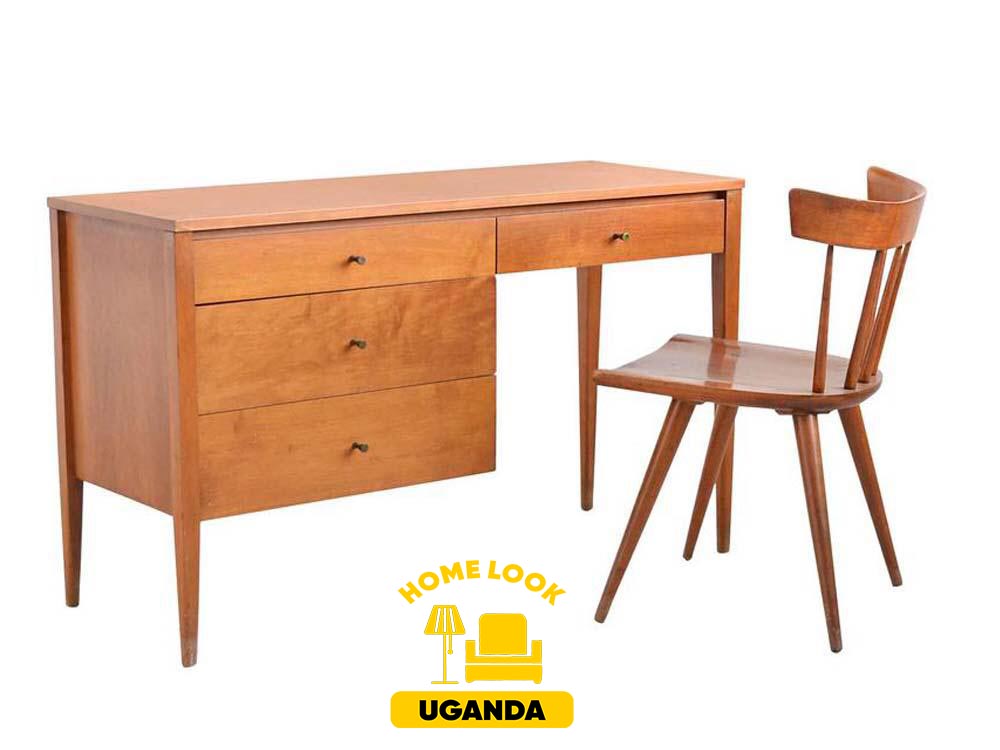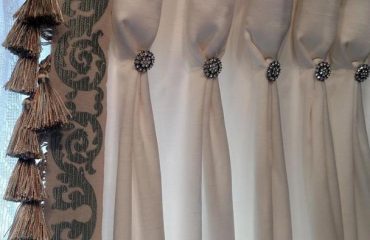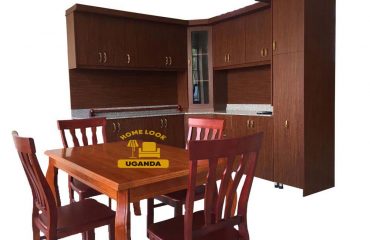The Advantages of Wooden Furniture
The most practical advantage of wood furniture is its strength. Hardwood tabletops, desktops, and shelves won’t sag over time the way cheaper woods like plywood, particleboard, and fiberboard can. It can maintain that strength for decades—century-old furniture is routinely found in usable condition in attics and basements. The bookcase my friend’s son made off with, for instance, was originally handed down to the family from an elderly aunt. High-quality furniture retains its value, too: Resold heirloom-quality wood furniture can often command a premium price.
The greatest advantage of wooden furniture, though, lies in its enduring look and appeal. The grain and tones of genuine hardwood bring warmth and character to any room. When finished correctly, solid wood has a luster that can’t be matched by a veneer. Even when the finish of wood furniture isn’t properly maintained, it still looks attractive. It’s why shabby chic furniture with a distressed finish is a part of the modern rustic look, which continues to grow in popularity. My friend’s old bookcase, for example, currently lends a stately charm to his son’s dorm room.
Thanks to its lasting strength and enduring beauty, damaged hardwood furniture can usually be fully repaired or restored with the right tools and skills. Finished wood can withstand years of wear and tear from even the most rambunctious family—scratches and dents from careless teenagers, scribbles from crayon-wielding toddlers, spilled glue from craft projects gone wrong, and more. Scratches and scuff marks can be sanded out; the old finish can be removed and replaced with a new one. However, despite all the benefits, wood furniture comes with some disadvantages.
The Disadvantages of Wooden Furniture
When my friend’s son moved to a new dormitory, it took two people to carry his improvised TV stand across campus. Wood furniture’s strength, stability, and durability come at a price: It’s heavy. Other disadvantages to wood furniture include the following:
Wood is vulnerable to water. Moisture can damage wood finishes and soak into the wood underneath, causing it to split and swell.
Ultraviolet light can change wood’s color and damage its surface. In a way that’s similar to the effect sunlight has on skin, sunlight can break apart chemical bonds in wood and cause the surface to change colors. If you’re not among the wood furniture owners who find this kind of discoloration attractive, a skilled craftsman can restore an old finish to return the color to its original hue. Wood furniture with a durable and protective topcoat over the finish is likely to resist discoloration over time.
Finishes can be scratched or damaged by sharp objects. While the topcoat should make your furniture resistant to damage caused by everyday use, sharp or heavy objects may scratch the finish, which could expose the wood underneath. Repairing damage requires patience and skill. Fixing scratches on a wood surface requires a craftsman’s touch; sanding or removing stains requires patience, care, and attention to detail.
The strength of hardwood makes it ideal for use in furniture. It’ll stand up to considerable abuse, and damage can often be repaired or restored. To get the most value from your wood furniture, make sure to always purchase quality, high-end furniture made from solid hardwood.








You need to be a part of a contest for one of the finest sites online. I am going to highly recommend this web site!
thanks